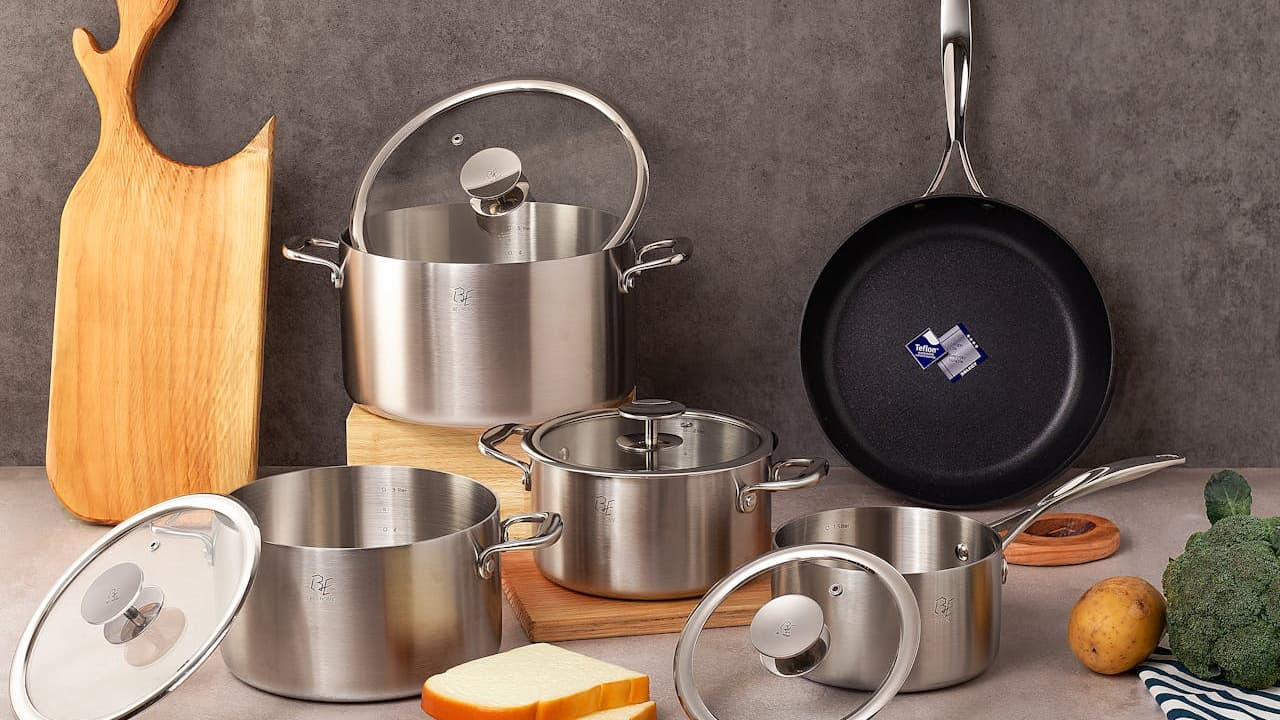Microwaves are a quick and convenient way to heat up food, but not everything is safe to use inside them. Some items can cause sparks, fires, or even release harmful chemicals when microwaved.
Knowing what you should never put in the microwave helps keep you and your kitchen safe while using this handy appliance. Understanding these risks can save you from accidents and damaged dishes.
Eggs in the shell

You should never microwave eggs in their shells. As the egg heats, steam builds up inside the shell, creating pressure that can cause the egg to explode.
This not only makes a mess but can be dangerous. If you want to reheat boiled eggs, always pierce the yolk first to let steam escape safely.
Grapes

You should never microwave grapes. When heated, they can create sparks and even small plasma bursts.
This happens because of how the fruit’s skin and juice react to microwaves. It can damage your microwave or pose a fire risk.
If you want warm grapes, try roasting or gently heating them on the stove instead. This is safer and won’t cause sparks.
Styrofoam containers

You should avoid microwaving Styrofoam containers. When heated, they can soften or melt, which might cause harmful chemicals to leak into your food.
Some Styrofoam products say “microwave safe” on the label, but if they don’t, it’s best to transfer your food to a microwave-safe dish. This keeps your food and health safer.
Using proper containers helps prevent spills and unpleasant odors in your microwave too.
Aluminum foil

You should never put aluminum foil in the microwave. It can cause sparks because the metal reflects the microwave energy.
This sparking can damage your microwave or even start a fire.
If you want to heat food wrapped in foil, transfer it to a microwave-safe container first. This will keep your food safe and your microwave working well.
Metal cookware

You should avoid putting metal cookware in your microwave. Metal reflects the microwaves, which can cause sparks and even damage the appliance.
This includes pans with metal handles or accents. Even small metal parts can create problems.
If you want to heat food, transfer it to a microwave-safe dish instead. This helps keep your microwave safe and working well.
Paper bags

You should avoid putting paper bags in the microwave. They aren’t designed to handle heat and can catch fire quickly.
Some bags may release harmful chemicals when heated.
If you need to warm food, take it out of the paper bag first and use a microwave-safe container instead. This keeps both you and your microwave safe.
Whole hard-boiled eggs without piercing

You should never microwave whole hard-boiled eggs without piercing the shell. When heated, steam builds up inside the egg, and without an escape route, the pressure can cause the egg to burst.
This can create a big mess and may even hurt you. Instead, remove the shell and microwave the egg in pieces or use a lower heat setting for short intervals.
Plastic bags not labeled microwave-safe

You should never microwave plastic bags unless they are clearly labeled microwave-safe. Most plastic bags can melt or release harmful chemicals when heated.
Using them in the microwave risks contaminating your food with toxins. Instead, choose containers made of glass or ceramic that are designed to handle microwave heat safely. This keeps your food and health protected.
Empty microwave

You should never run your microwave when it’s empty. Microwaves heat food by agitating water molecules, so without anything to absorb the energy, it bounces around inside.
This can damage the microwave’s internal parts, like the magnetron, reducing its lifespan. To avoid problems, always place food or a microwave-safe container inside before starting.














